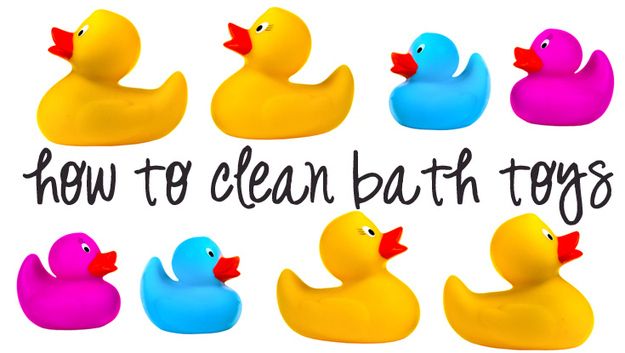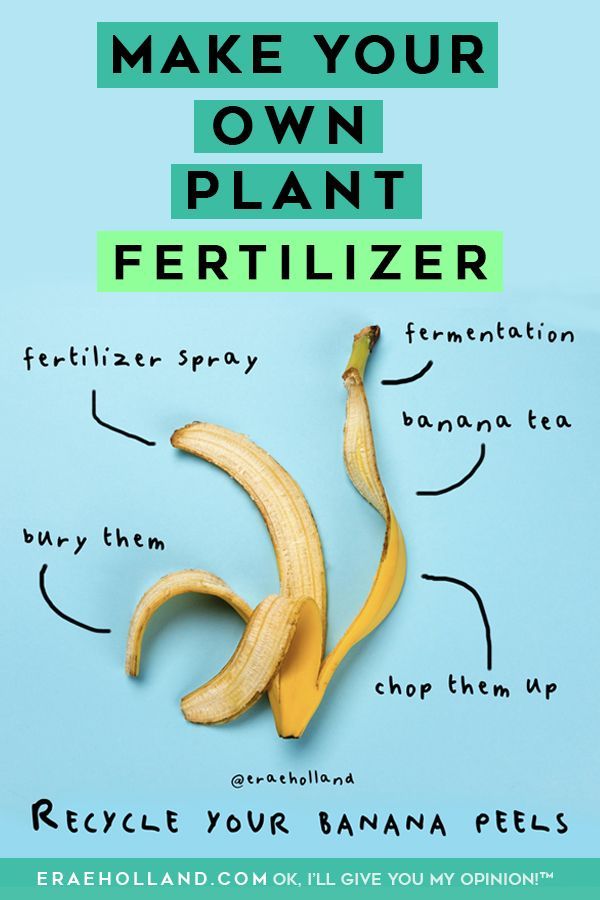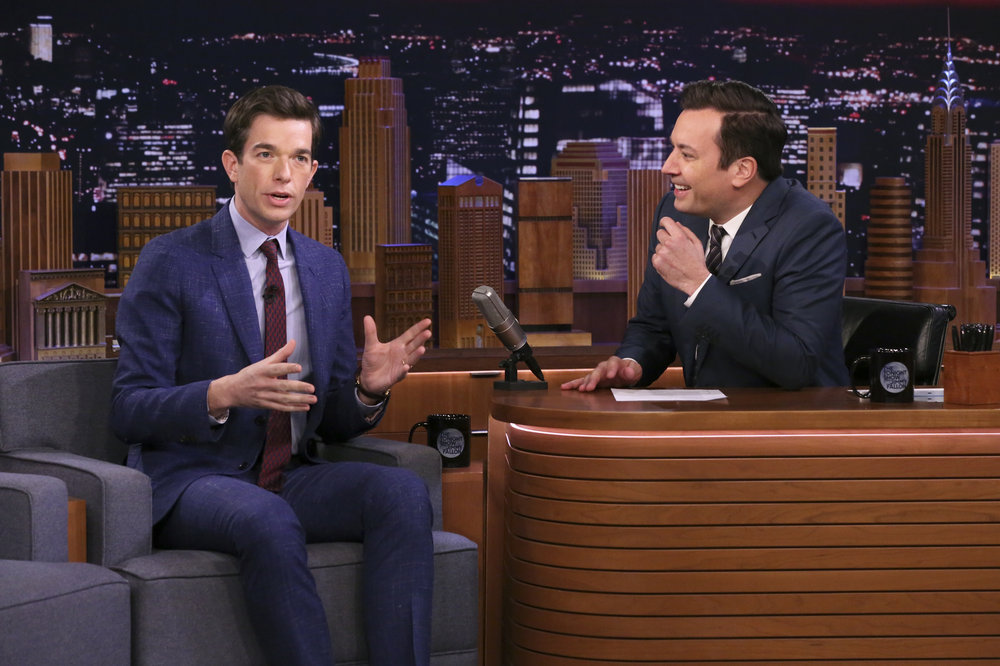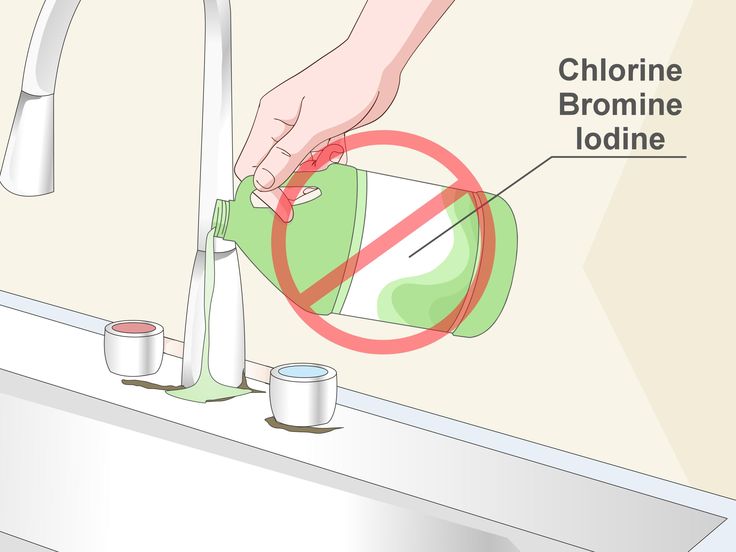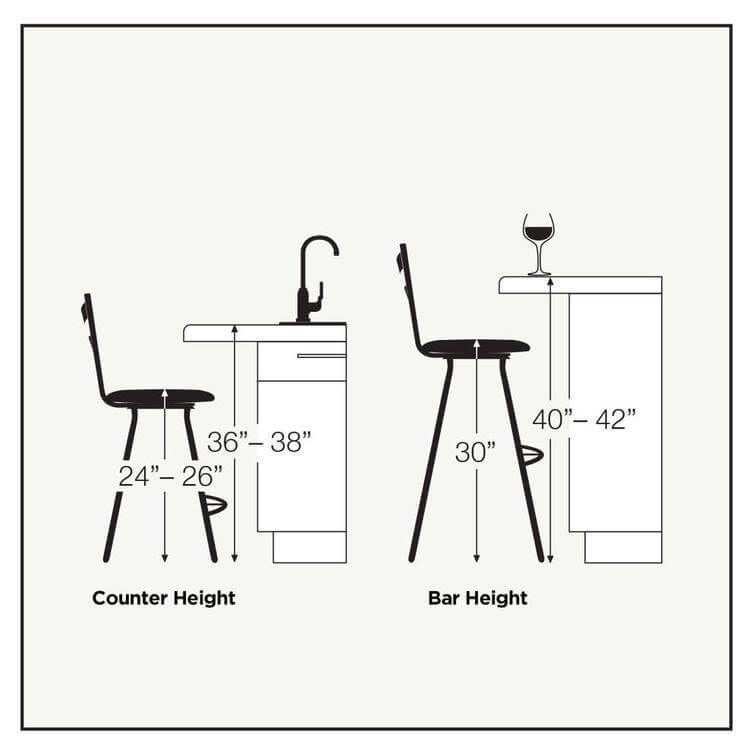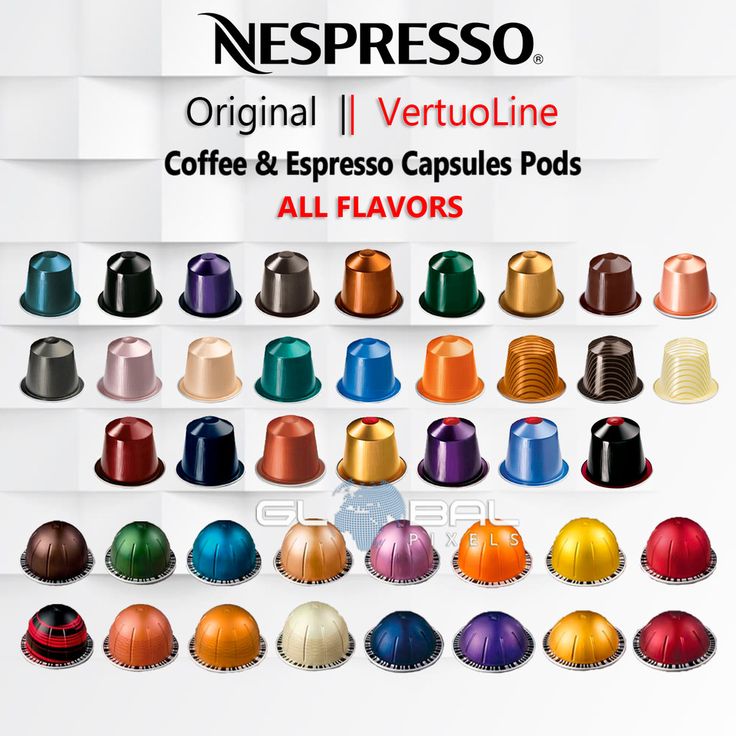How to clean bath toys
How to Clean Bath Toys & Keep Mold Out
Just like shower walls, your kids’ bath toys are at risk for mold growth. They also come in contact with germs floating around in the bathwater, which could spread illnesses among your children. To keep bath toys clean and mold-free, follow these tips to clean them properly.
How to Keep Mold Growth at Bay
After each bath, squeeze as much water out of the toys as possible. Set them along the side of the tub or somewhere else where they can dry quickly. Turn on the bathroom exhaust fan for 15 to 20 minutes after bath time to draw humidity out of the room and help the toys dry even faster.
The most prominent place for mold to grow is inside bath toys. It’s fun to squirt water from tiny holes in rubber toys, but moisture becomes stuck inside, and mold proliferates there. This means the next time you use this toy at bathtime, traces of mold enter the water. If this thought disgusts you, seal the holes in bath toys with a dab of hot glue.
How to Clean Bath Toys with Vinegar
You might assume your kids’ bath toys get enough cleaning from the soap in the tub, but about once a week, you should remove all the toys from the bathing area and give them a good cleaning.
One option is to use vinegar, a natural cleaning agent that dissolves soap scum and gets rid of stains, making it perfect for cleaning bath toys. Fill a bucket with equal parts vinegar and warm water (and a few drops of tea tree oil or lemon oil, if you desire). Submerge the bath toys and let them soak for an hour. Then, rinse each toy with tap water and allow them to air dry.
How to Sterilize Bath Toys with Heat
When you sterilize bath toys, this means you’re killing disease-causing germs with high heat. The easiest way to do this at your home is to run the toys through the dishwasher. To prevent damaging them, load them onto the top shelf where the heat isn’t as intense. If you’re afraid of smaller toys falling, place them in a mesh lingerie bag before loading them into the dishwasher. Use regular dishwasher detergent and run a cycle with just the toys inside.
Use regular dishwasher detergent and run a cycle with just the toys inside.
If you don’t have a dishwasher, you can still sterilize bath toys in the sink. Fill a basin with the hottest water possible and a few squirts of dish soap. Submerge the toys and let them soak for several minutes. Then, wipe them down with a clean sponge or cloth. Be sure to wear rubber gloves to protect your hands from the heat. Rinse the soap from the toys and let them air dry.
How to Sanitize Bath Toys with Bleach
For a deeper clean, consider using bleach. The trick is to use a solution that’s strong enough to kill bacteria and viruses, yet weak enough to ensure no dangerous bleach lingers on toys that your child is bound to chew on during bathtime.
To strike the perfect balance, we recommend using 1 tablespoon of bleach per gallon of water. Mix this solution in a bucket and submerge the bath toys. Let them soak for about 10 minutes. Then, rinse the toys thoroughly with tap water and allow them to air dry.
For more tips on cleaning your kids’ toys, check out our previous blog post here and our blog post here. Then, to arrange professional house cleaning in your area, please contact your local Molly Maid or call us at (800) 654-9647 today for a free estimate!
Categories:
- Tips & Tricks
Best tips for cleaning bath toys – TODAY
Organizing
Even bath toys can get dirty (and moldy), but these expert tips can help you keep rubber ducks and other tub toys squeaky clean.
“We recommend toys without holes in them because water gets stuck inside and it’s really hard to clean it out," Sarah Paiji Yoo told TODAY Home.Orbon Alija / Getty ImagesBy Alexandra Clay
Some kids inexplicably hate baths.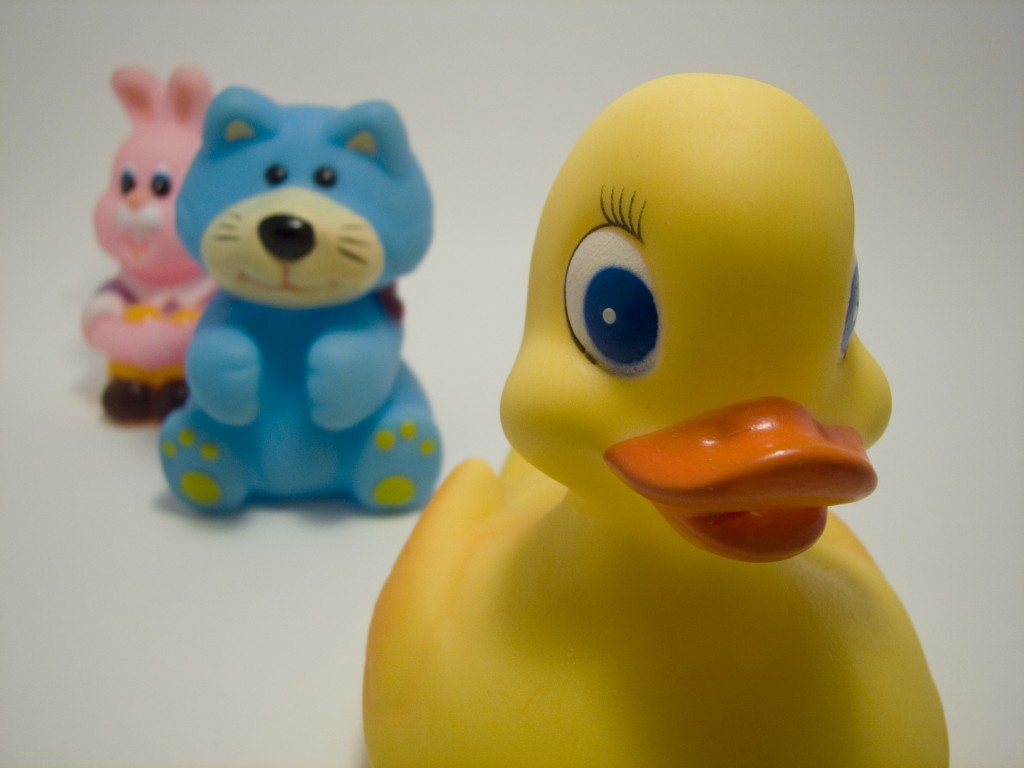 Or they fear the water. Or they simply refuse to follow the basic rules of human hygiene and revel in their own filth. If any of these are your crosses to bear, you need to load up on bath toys. Choose ones made from a single piece of silicone, rubber or plastic, without any holes in them, so water won’t get trapped inside. Because trapped water leads to mold, which is something you absolutely do not want.
Or they fear the water. Or they simply refuse to follow the basic rules of human hygiene and revel in their own filth. If any of these are your crosses to bear, you need to load up on bath toys. Choose ones made from a single piece of silicone, rubber or plastic, without any holes in them, so water won’t get trapped inside. Because trapped water leads to mold, which is something you absolutely do not want.
But even if you stock up on the creme de la creme of bath toys, you do need to wash them. Experts, including those at the residential cleaning service The Maids, recommend cleaning bath toys once a week.
How to clean bathtub toys
“If you can boil the bath toy, then boil it. Or run it through the dishwasher. You can also scrub it with dish soap and water, using a toothbrush,” cleaning expert Sarah Paiji Yoo, co-founder and CEO of Blueland, a New York City-based startup that makes direct-to-consumer eco-friendly cleaning products, told TODAY Home. “We recommend toys without holes in them because water gets stuck inside and it’s really hard to clean it out. I would recommend rubber or silicone because they’re easier to boil or dish wash.”
I would recommend rubber or silicone because they’re easier to boil or dish wash.”
But let’s say you don’t own a dishwasher, or simply feel weird about using the same appliance to wash rubber ducks and drinking glasses.
How to clean bath toys with vinegar
Regalo, which manufactures baby products, recommends that you clean bath toys with a solution of water and vinegar.
- Mix a gallon of water with one-half cup of distilled white vinegar.
- Immerse the toys in the solution for an hour.
- Scrub the toys using a toothbrush.
- Rinse the toys with water, and dry them thoroughly.
How to clean bath toys in the dishwasher
If you'd still rather use your dishwasher, it's easy and safe.
- Place the toys on the top rack so they don’t melt or otherwise become malformed.
- Set the dishwasher on the sanitize setting, if available.
- When done, dry them thoroughly.
How to boil bath toys to clean them
You can also clean your children's bath toys by boiling them.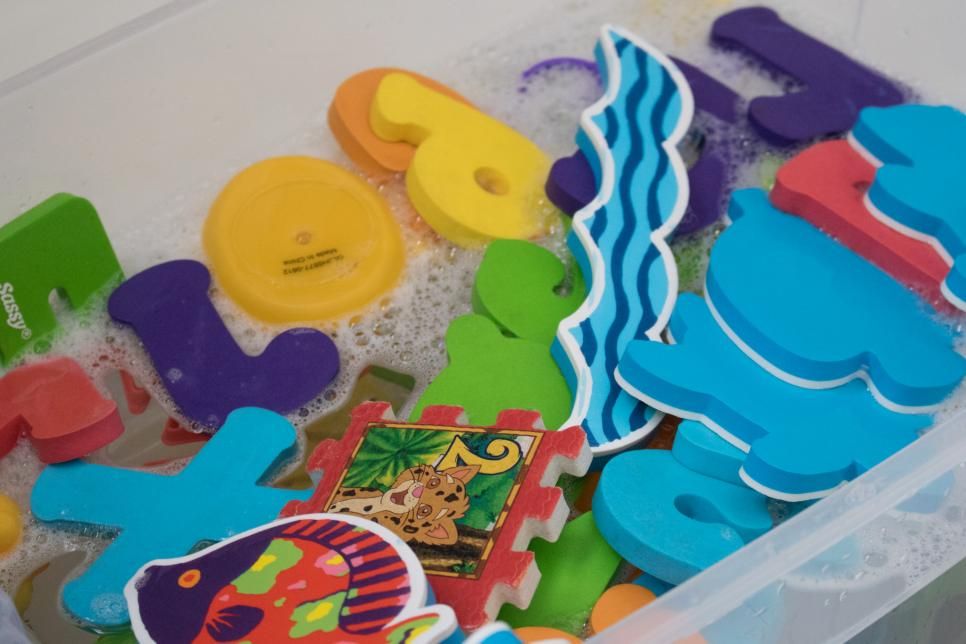
- Fill a large pot with water and bring it to a boil.
- Throw in the bath toys.
- Boil them for 1-2 minutes. Note that most plastic will not melt in boiling water.
- Use tongs to remove the toys from the water and squeeze out anything trapped inside.
- Let them dry.
This article was originally published on May 3, 2021.
Alexandra Clay
inside and out - article FunnyDucks
FUNNY DUCKS' quirky toys of different characters will keep your little ones entertained, make an eye-catching bathroom décor and more. Despite the extravagant appearance, they need careful care. Find out how to clean your rubber bath toys with FUNNY DUCKS exclusives. Your knowledge and timely measures will protect the child from any possible danger.
Why you need to clean your toy inside and out
We offer toys made from safe materials. Decorating compositions will also not harm your baby. However, due to the fact that water constantly gets on the toy, mold will begin to appear on its surface and in the internal space of the product over time.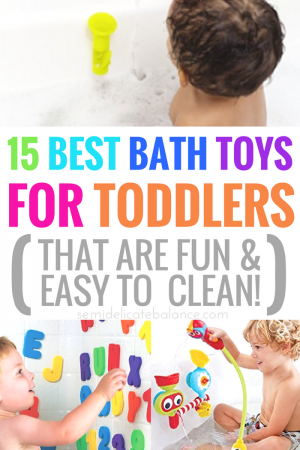
Disputes surround us everywhere. Toddlers are forced to come into contact with potentially unsafe microorganisms on a walk, at home, in the kindergarten. In this regard, most adults and children are accustomed to fungi. However, in high concentrations, mold is dangerous for everyone, and some types of microorganisms are a particular threat.
For example, black mold, which is formed just inside a rubber duck for swimming, is the strongest provocateur of allergic reactions, can cause stomatitis, mycosis of the mucous membranes, respiratory diseases. No matter how high-quality the product is, if it is not taken care of, fungus and mold will surely attack it. The only way to protect your child from danger is to clean the products from all types of contamination in a timely manner.
How to clean a toy
There are many ways to clean your favorite bath toys. Simple and affordable methods will not worsen the appearance in any way, but the level of safety from their operation will be significantly increased.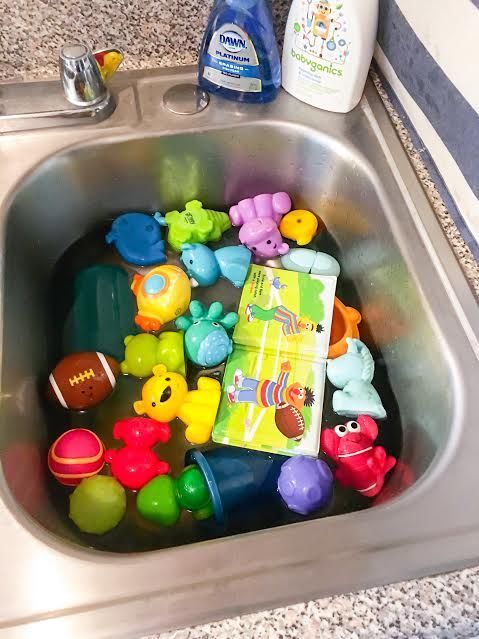 It is enough to work out your simplest algorithm:
It is enough to work out your simplest algorithm:
- After each bath, the toy must be poured over with boiling water, and thoroughly rinsed with dishwashing detergent or baby soap.
- If rubber toys are used not only as cute decorative items, but also for play, it is necessary to press them more often. The more intense the water inside will circulate, the better.
- If the new product has holes and has not yet been used, the holes can be sealed carefully. This will help prevent water ingress. Dry interior space will be reliably protected from the attack of fungi and mold.
- Do not leave products after water treatment in a humid environment. They need to be thoroughly dried, each time the bath is completed.
- Rubber friends are best stored in special nets. Considering how beautiful and elegant FUNNY DUCKS are, it is better for them to choose an open space where they can please their appearance and dry well along the way.
Vinegar can be used to thoroughly clean both inside and out. Combine warm water and vinegar in a ratio of 1:2. In this solution, carefully "bath" children's pets.
Combine warm water and vinegar in a ratio of 1:2. In this solution, carefully "bath" children's pets.
Good for cleaning mold from toys and bleach. The cleaning solution is prepared from a tablespoon of chlorine bleach with a liter of water. Toys are soaked in the solution and then rinsed thoroughly in clean water. By following simple tips, you can extend the life of your favorite products to the maximum.
5 ways to clean bath toys
Rubber ducks and other bath toys may seem like they don't need to be washed. They end up in soapy water every day. But studies have shown that these toys are an ideal environment for the reproduction of microorganisms. In the toys that the scientists examined, they found mold and biofilms of bacteria.
Any bath toy can become a breeding ground for mold.
Every day (or every few days) it is soaked in water, and then left in a warm and humid bath.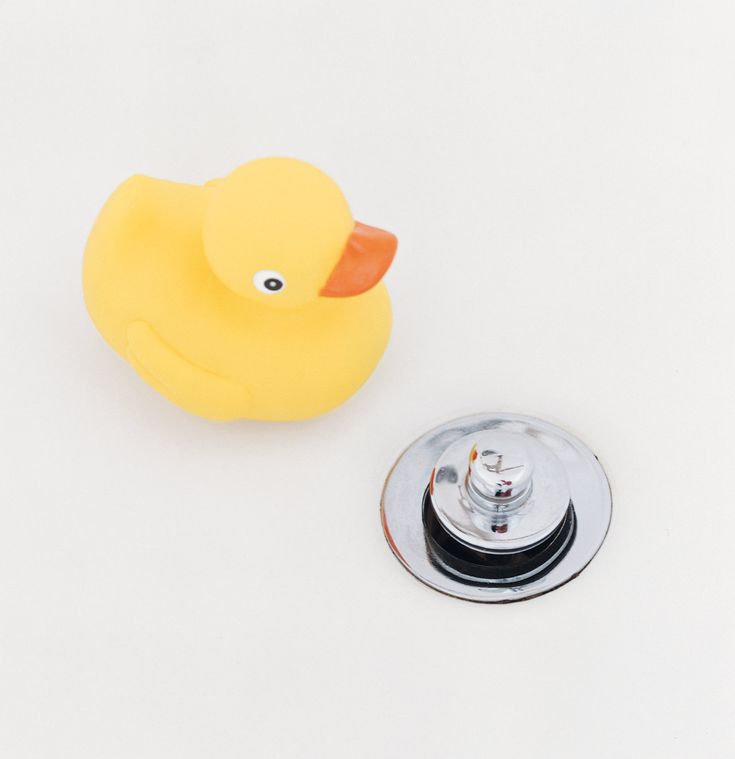 It is rare that someone thoroughly wipes these toys (after bathing, you first need to take care of the child), and the water from them is not always drained.
It is rare that someone thoroughly wipes these toys (after bathing, you first need to take care of the child), and the water from them is not always drained.
Usually these germs are not so dangerous for children. But if a child has immune problems, they can cause asthma and lung infections. Therefore, it is important to wash toys regularly. There are proven ways to get rid of mold in them.
Dilute bleach with water 1:10 and wash toys with this solution. You need to wash the outside, but it is more important to clean them inside. To do this, fill the toys with bleach. Then be sure to drain the solution so that the child does not accidentally swallow it during the next bath. It is better to rinse the toy with plain water after cleaning and let it dry completely.
Dislike bleach? There are several reasonable reasons for this. It must be handled very carefully: do not inhale and make sure that it does not get into the eyes.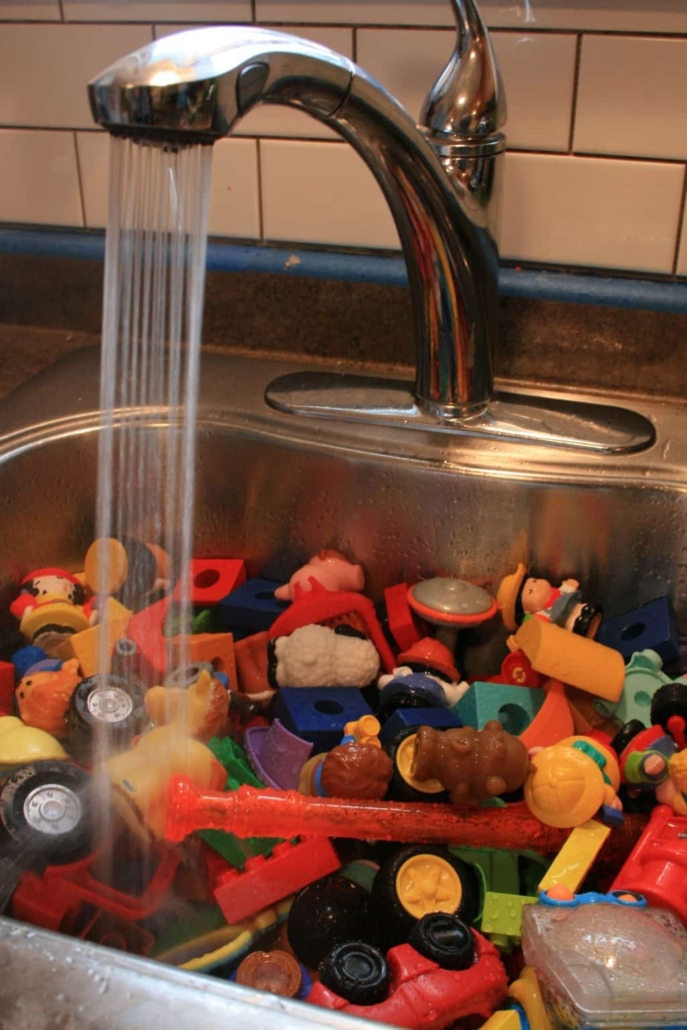 Because of it, some toys lose their brightness. And if the toy is not washed after use, the child runs the risk of swallowing bleach residue.
Because of it, some toys lose their brightness. And if the toy is not washed after use, the child runs the risk of swallowing bleach residue.
So you can use vinegar instead. Mix one part vinegar and two parts water, pour the solution over the toy. Vinegar is slightly less effective than bleach, so it's best to leave the toy in the solution for a few minutes. And then be sure to rinse it too.
If you have a dishwasher, then it will definitely cope with washing toys no worse than you. And you will save some time and effort. Simply place your toys in the top basket of the dishwasher and turn on the most powerful setting, which heats the water the most. That's all, the toys are clean.
No additional rinsing and drying required. But it is better to read the instructions for your dishwasher or the toys themselves in more detail, because not everything can be cleaned in this way.
Boil the toys in a large saucepan.